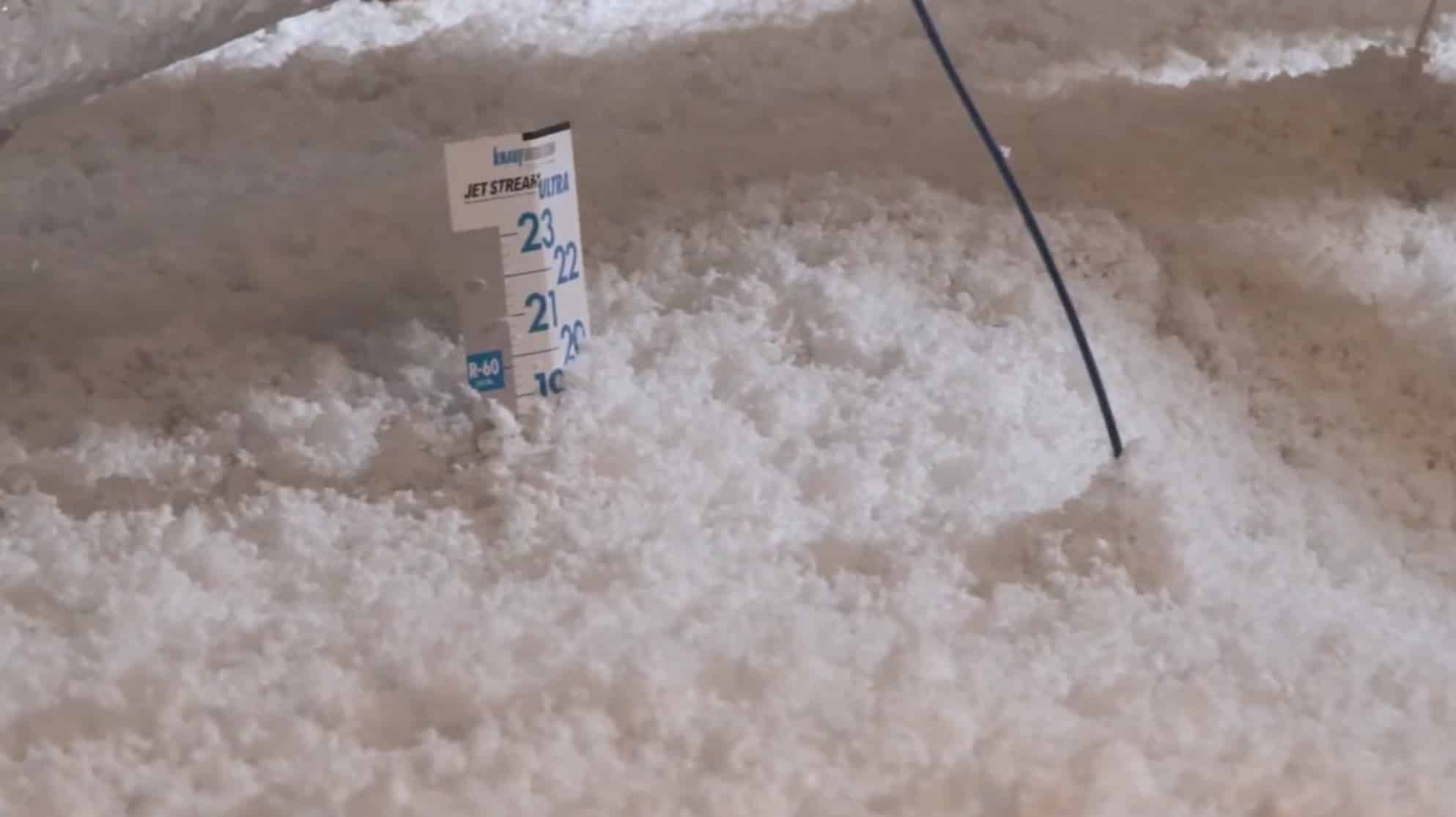Getting The Green Attics To Work
Getting The Green Attics To Work
Blog Article
The Best Guide To Green Attics
Table of ContentsGreen Attics Fundamentals ExplainedGreen Attics for DummiesThe smart Trick of Green Attics That Nobody is DiscussingThe smart Trick of Green Attics That Nobody is DiscussingThe Ultimate Guide To Green AtticsGreen Attics - Questions
Uploaded by Service Champions Air Conditioning BlogWhen you activate your home heating, you desire it to stay inside your home - Solar attic fans. Powering up the home heating creates the warmth to rise directly up into your attic. It's after that as much as your attic room insulation to do its task and block the warmth from running awayIt's apparent that you require to spend your time and cash into insulating your home, yet what attic insulators are out there for you to select from? Which attic insulation is best? And what are the potential dangers of each of them? This post will detail the 4 kinds of attic insulation you can select from, plus study the pros and cons of each.

The 7-Second Trick For Green Attics
Why is fiberglass batt insulation so popular? It's many advantages consist of: As an entire, fiberglass is considerably eco-friendly.
Fiberglass batt insulation rarely reduces or collapses. This is due to the air pockets that happen in manufacturing. Installation is uncomplicated. It's so straightforward that many homeowners choose Do it yourself installation. If you follow this path, you would certainly be evading an installment charge. Fiberglass batt insulation is also soundproof, aiding reduce external noises and keep inner sound inside the residential property.

Everything about Green Attics
If dampness is taken in by the fiberglass batt insulation, it can breed dangerous mold and mildew. Rodents and other undesirable guests love fiberglass batt insulation, and commonly make it their home.
When making use of the blown-in approach, it fills the attic better, ensuring it's air-tight. Because of this, it loads any cracks or gaps, even in awkward rooms. This minimizes the quantity of warm air escaping and chilly air getting in. It also catches noise. The blown-in distribution technique is far quicker. It takes a matter of hours to get your attic insulation up and running.
It requires a lot more upkeep than other kinds of attic insulation on our list. Ought to the insulation get damp, removing the insulation isn't as easy as removing fiberglass batts.
This attic insulation is additionally blown-in using a blowing machine, nonetheless the product used is different. The product utilized below is cellulose. This is made from all various recycled product, consisting of things made out of wood, papers, and cardboard. Then, boric acid and other compounds are applied to flame-proof the attic insulation.
The Basic Principles Of Green Attics
(http://peterjackson.mee.nu/do_you_ever_have_a_dream#c2268)
Is blown-in cellulose insulation worth it? Right here's what it can use your home: For the a lot of part, blown-in cellulose is better for the world. With cellulose being made from purely reused material, there's no need to create brand-new product. Recycling this is eco-friendly. The boric acid and various other compounds assist to fire proof the insulation and reduce the spread of fires.
Blown-in cellulose insulation has an R-Value that is 23 percent more than fiberglass batts. Cellulose likewise helps in reducing wind-washing. What are the disadvantages of mounting blown-in cellulose insulation in your attic? Right here are the downsides: Cellulose is environment-friendly, nonetheless the additional compounds that are included are not. Boron is needed to create boric acid, and the mining procedure that mines boron is unsafe to the setting.
Correcting this circumstance can be labor and time intensive, as you'll need to choose up the insulation little bit check this site out by little bit, rather than in one roll. The last kind of attic insulation is spray foam insulation.
What Does Green Attics Do?
Unlike all the other kinds of attic room insulation, spray foam insulation is the only kind to find as a fluid. After being splashed, it enlarges and grows, and after that establishes as a sturdy foam. This foam slides neatly into any type of spaces, securing closed, and cuts off any kind of retreat routes for your home heating.
Ultimately, what are the negative aspects of spray foam insulation?: The ahead of time payment for spray foam insulation is greater than the other sorts of attic room insulation on our listing. However, it deserves taking into consideration that, as a result of high levels of energy efficiency, it'll likely cancel or perhaps come to be less expensive in the long-run to keep your home cozy.

Excitement About Green Attics
Excellent treatment needs to be taken around the foam, and you'll need to put on safety glasses, a mask, and a respirator. With 4 types of attic insulation and their pros and disadvantages, you're now able to make an informed decision, understanding the advantages and drawbacks to each. That's why I can state with confidence that the ideal way to protect my attic room is with cost-effective cellulose or fiberglass insulation used over an airtight attic room floor.
Report this page